Where is the best place to keep orchids in the summer? Should orchids be watered more or less in the summer? Actually, if you get these two things right, your orchid will stay healthy and vibrant in the summer—don’t think of it as too delicate.
In the summer, the sun can be intense, and orchids cannot handle direct sunlight. If you place it in the middle of a south-facing balcony, the midday sun for a couple of hours can cause the leaves to get sunburned, with spots that look like they’ve been scorched. It’s painful to watch. Also, avoid placing it under the air conditioning vent; the cold air can freeze the roots, and the leaves will dry out. The kitchen is even worse, with the smoke and grease causing spots on the leaves, making it hard for the plant to breathe.
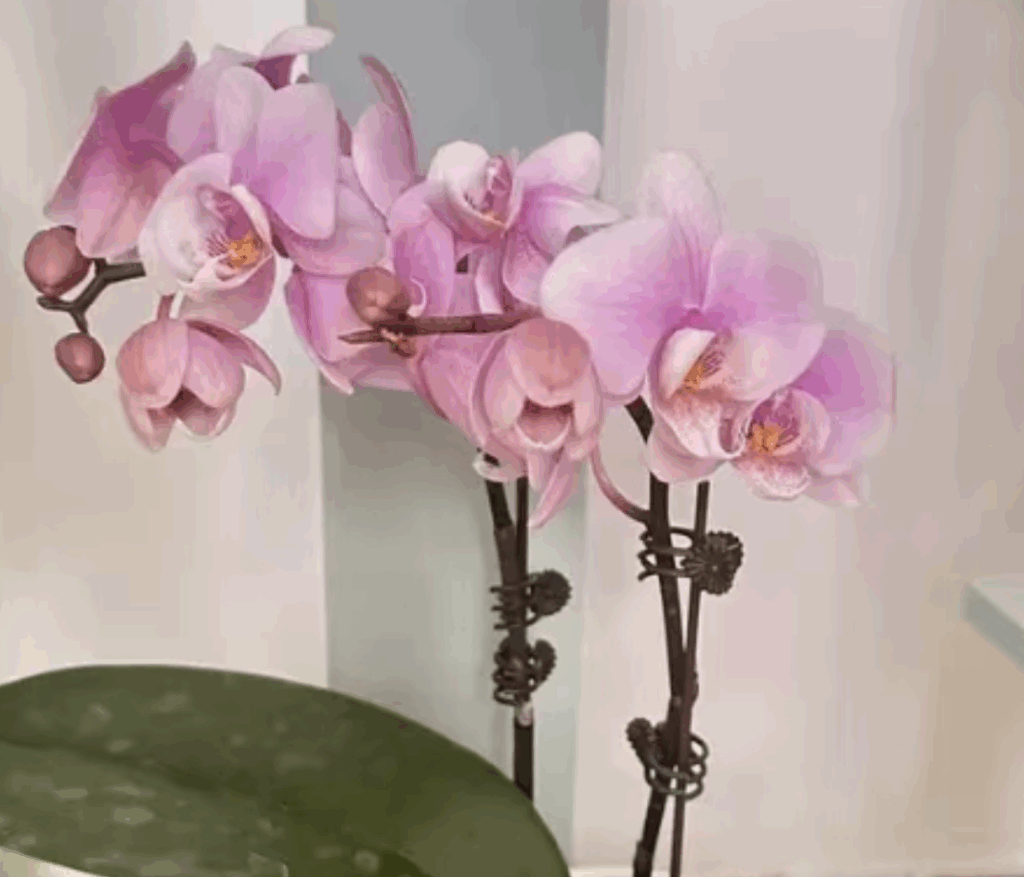
So, where is a good spot? A north-facing windowsill is ideal because it will get some indirect sunlight in the morning but won’t have direct exposure at midday. The temperature will generally stay between 25 to 30°C, which is perfect for the orchid. If you don’t have a north-facing window, placing it behind a sheer curtain in the living room works well. The curtain blocks out most of the strong sunlight, but some soft light can still get through in the afternoon, and the air will be well-ventilated, preventing the plant from feeling stuffy. A corner in the study also works well—keep it away from heat sources like TVs or computers to avoid large temperature changes. You can also place a water plant nearby to increase humidity, keeping the orchid’s leaves nice and green.
Now, let's talk about watering, which is crucial for orchid care in the summer. Many people think that since it's hot, they should water the plant more often, but this can lead to root rot. Orchids have air roots, which are fleshy and can’t tolerate being submerged in water. In fact, you should water less in the summer—“dry rather than wet” is the rule.
How do you know when to water? Look at the roots—they should be a healthy green with silver spots. If they turn white and dry out, the plant is thirsty. You can also lift the pot; if it feels light, it means the moss or bark inside has dried out. Sometimes, the bottom leaves may curl up—don’t worry, that’s another sign it’s lacking water. After watering, the leaves should recover within two hours.
The timing of watering is also important. Water early in the morning, before 9 or 10 a.m., or in the evening, around 6 or 7 p.m. Avoid watering during the hottest part of the day, as the sudden temperature change can shock the plant. When watering, use a watering can with a long spout and water slowly along the edge of the pot until water starts to drain out of the bottom. Don’t pour directly onto the roots. If you're using sphagnum moss, water about once every 10 to 12 days; for bark, once every 7 to 8 days is enough.
After watering, make sure to elevate the pot so that no water accumulates in the tray. If the air circulation is poor, you can turn on a small fan for an hour to help the moisture evaporate faster. By following these steps, your orchid will thrive in the summer, and it might even send out flower buds come fall.
In the end, the key to taking care of orchids is finding the right spot and not overwatering. If you do that, your orchid will grow beautifully. How do you usually care for your orchids? Feel free to share any tips you have!

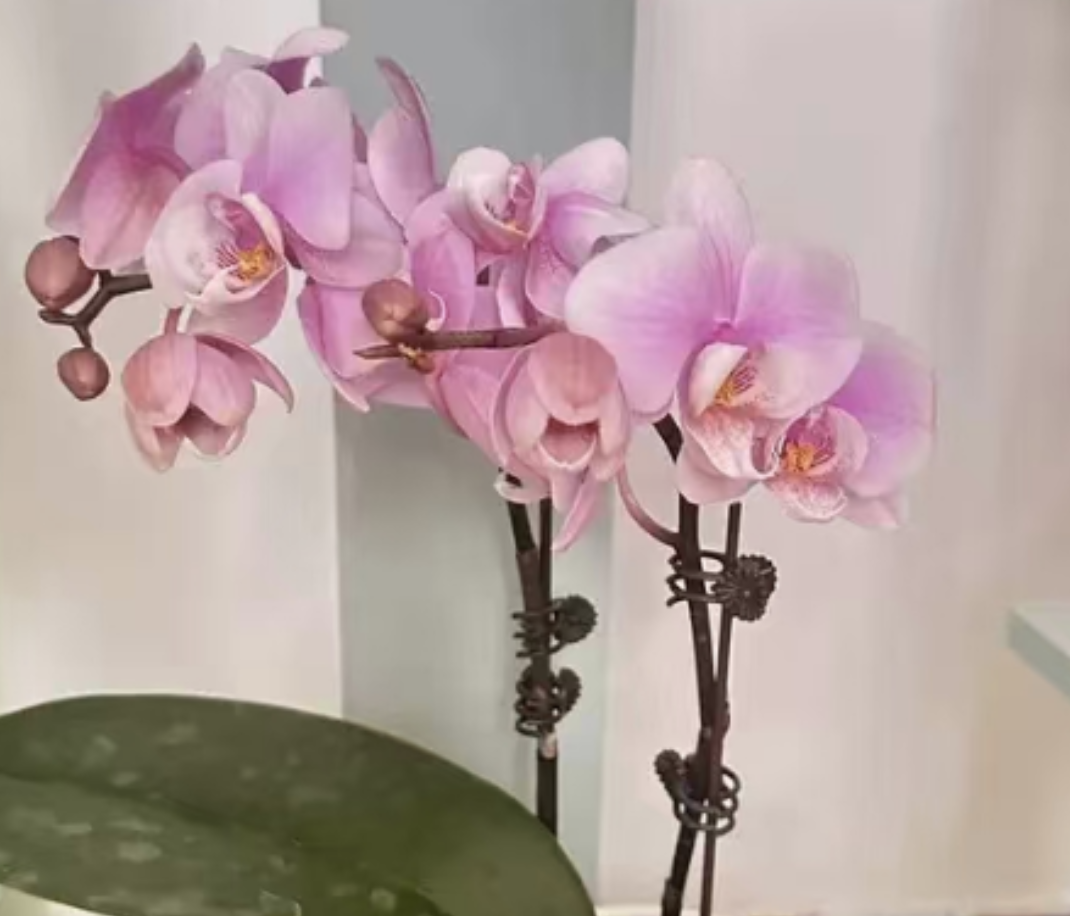
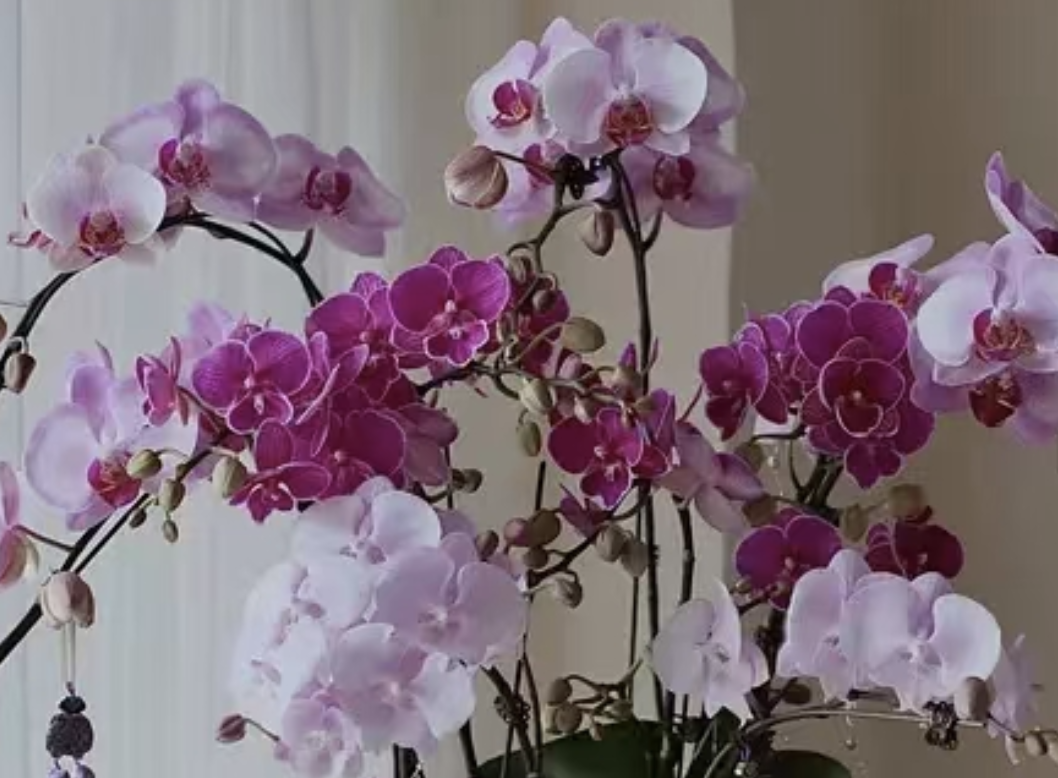
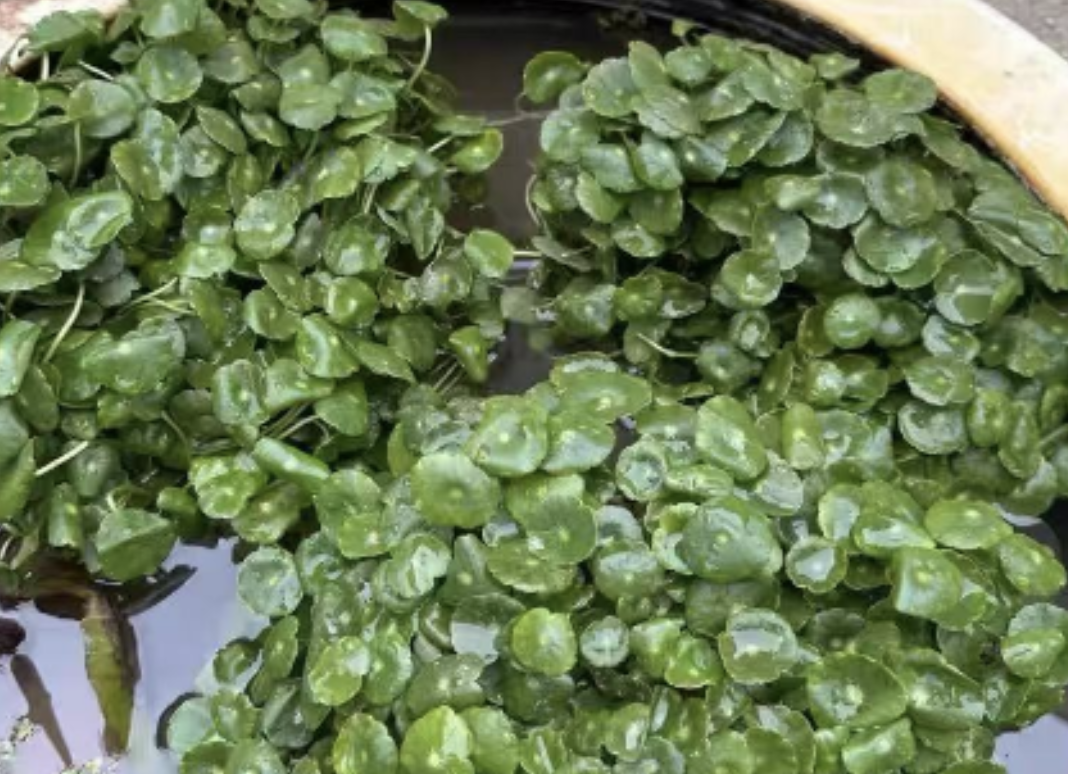
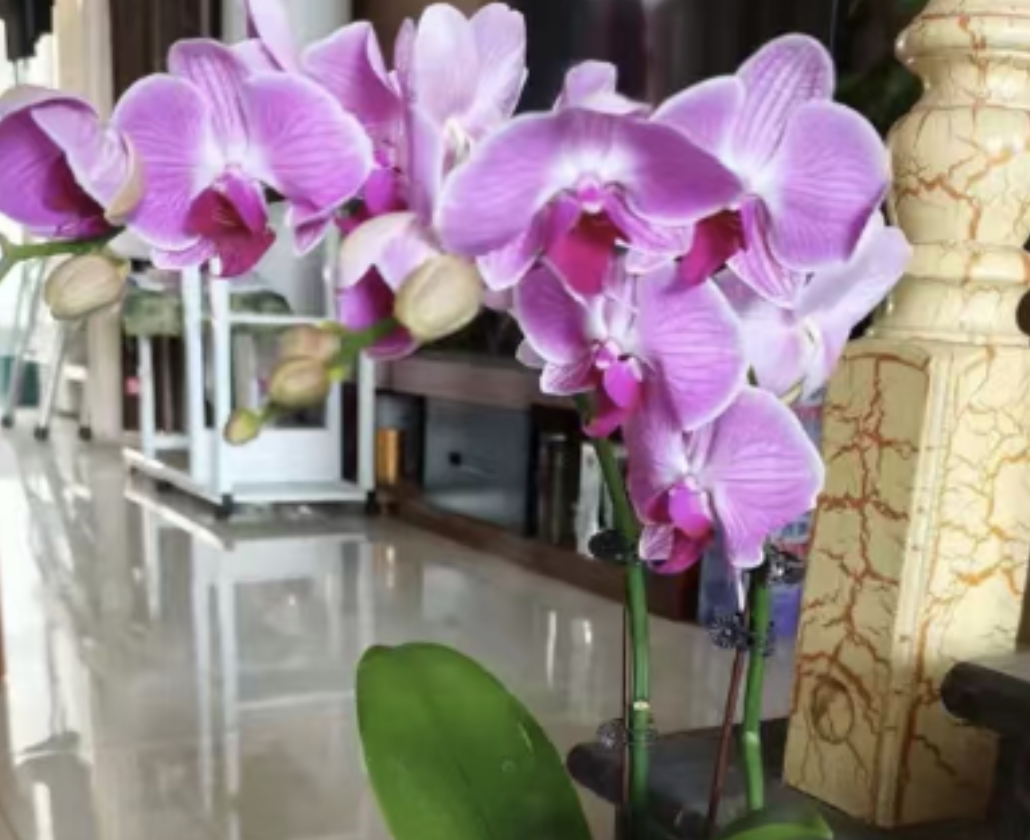
Leave a Reply